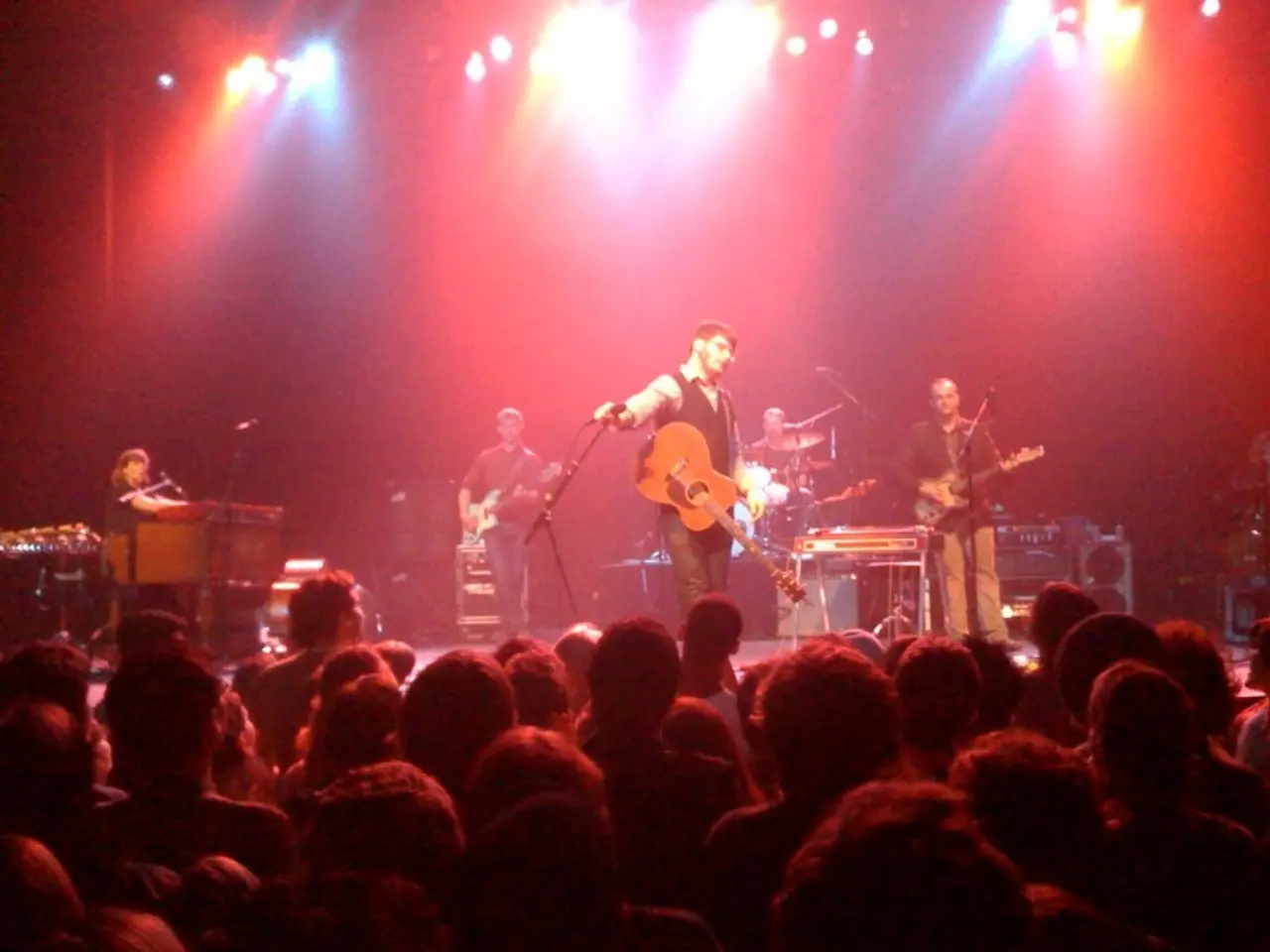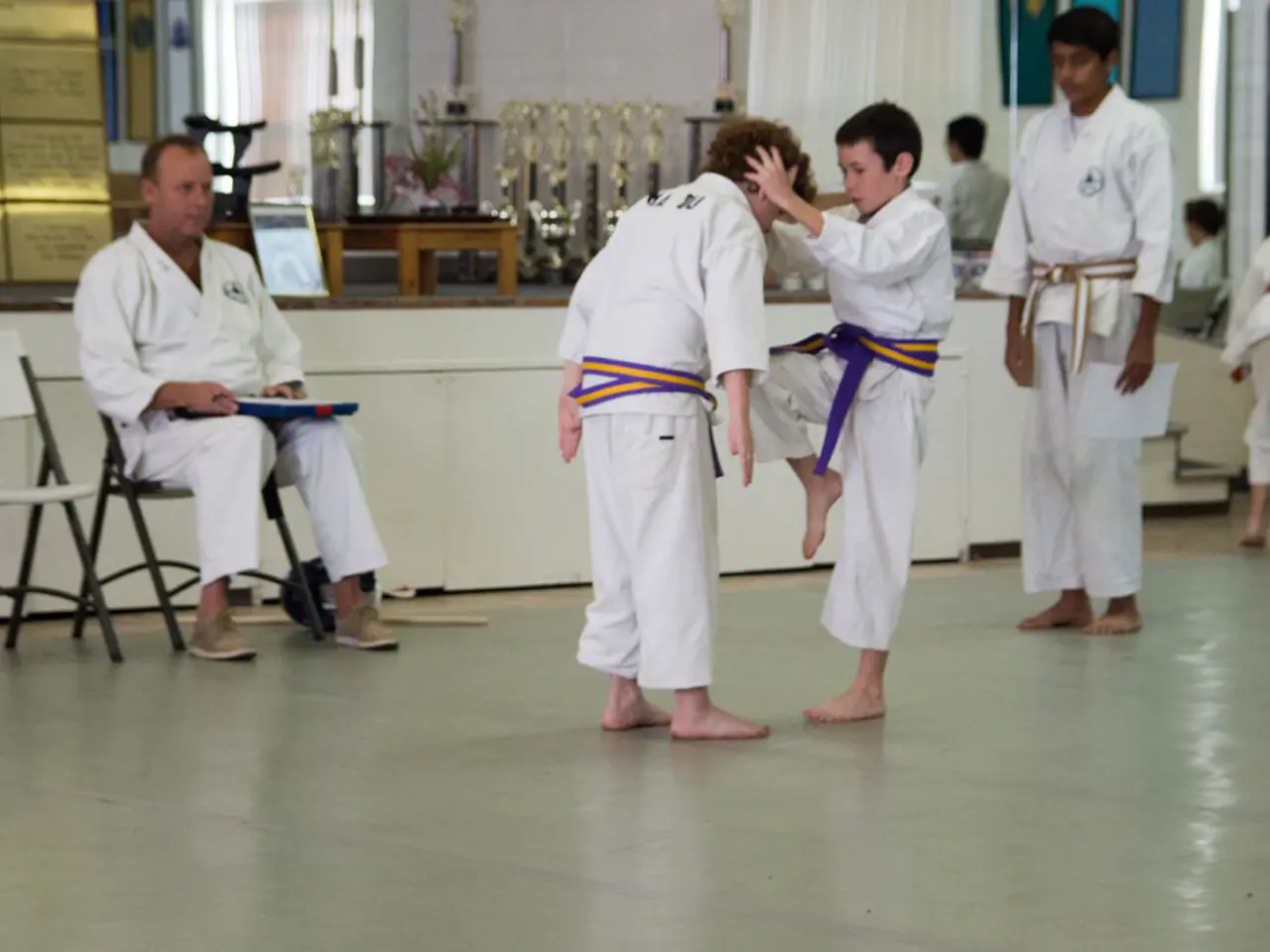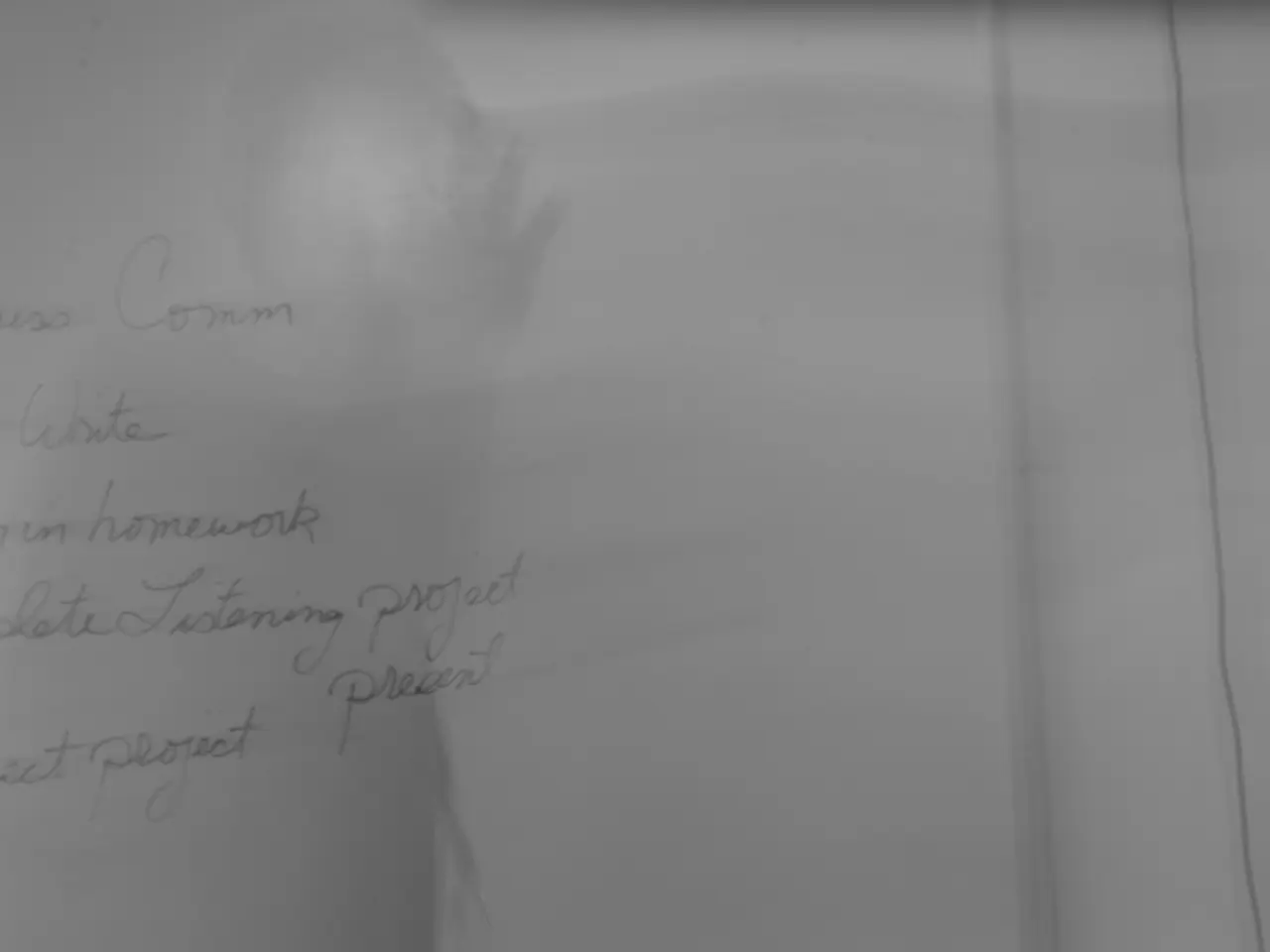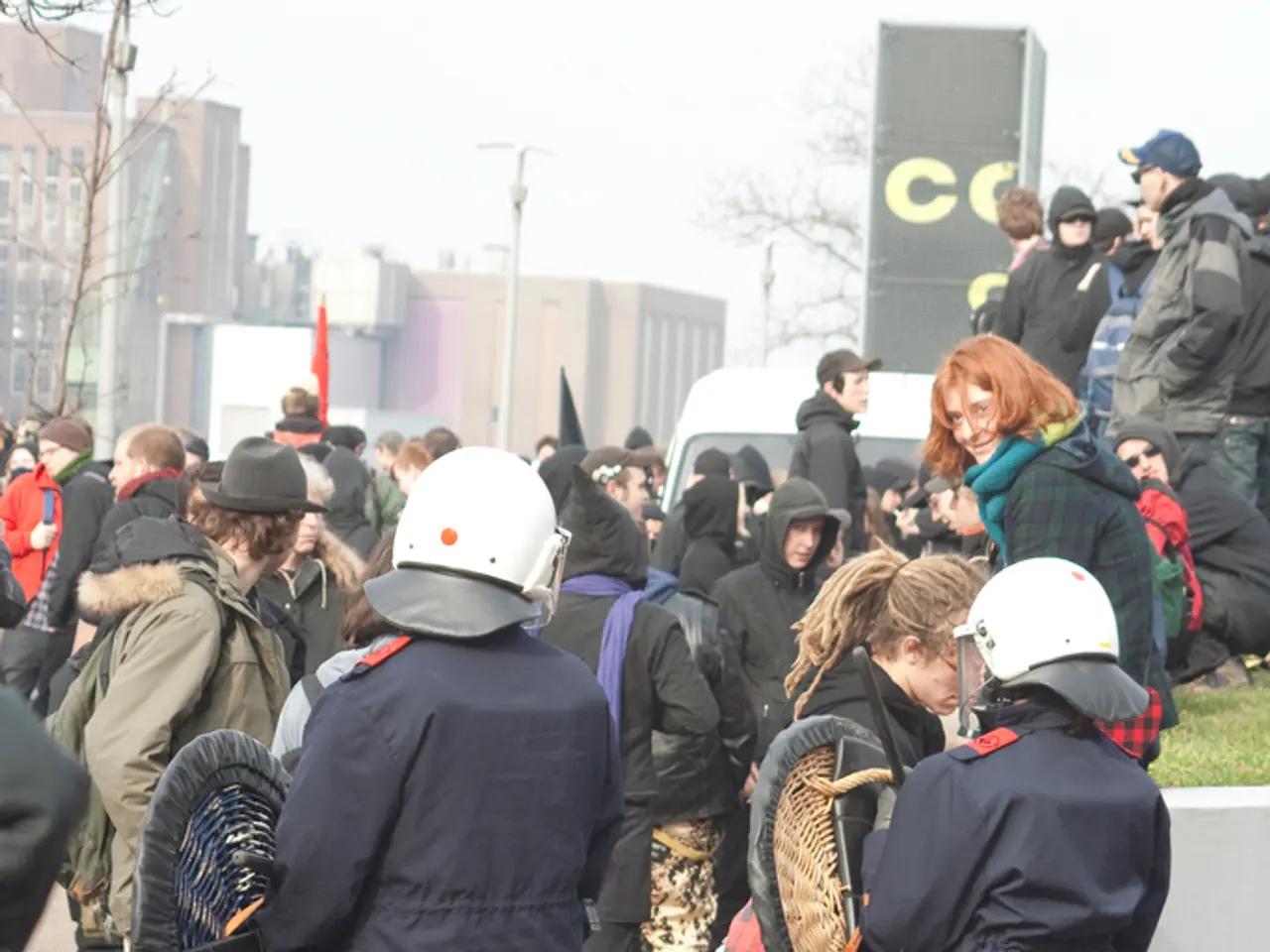Freiburg Explores Unconventional Music Approaches Accessible to All
In a groundbreaking development, the Freiburg Ensemble House hosted "Les Elements," a concert designed to enhance the musical experience for individuals with hearing impairments. The concert, featuring pieces by Georg Philipp Telemann, Jean-Philippe Rameau, and Jean-Michel Delalande, among others, showcased the power of immersive seating and spatial sound technology.
Ulrike Berger, a concert-goer with a cochlear implant, was one of the beneficiaries of this innovative approach. The concert, titled "Les Elements" by Jean-Féry Rebel, was performed by the renowned Freiburg Baroque Orchestra, known for its plastic, sonically refined interpretations.
The immersive seating allowed Berger to feel the music's beat and dynamics through her seat, which vibrated in sync with the music's tone and rhythm. This haptic feedback, combined with the spatial sound technology, provided a multisensory concert experience that transcended traditional audio perception.
Advanced audio technologies like HOLOPLOT’s 3D Audio-Beamforming produced highly controlled sound waves that maintained consistent volume and clarity across the large venue, ensuring that every listener received clear and precise sound, regardless of their seating location. This consistency was particularly beneficial for people with hearing impairments who may rely on clear, distortion-free sound for better perception.
Moreover, the spatial sound system enabled customised and spatialized sound delivery. This meant that unique audio content was delivered to specific seats or sections, allowing tailored sound profiles that catered to different hearing needs. For example, some seats could receive enhanced bass or vibration cues that supplemented auditory input, while others might have clearer dialogue or music layers emphasising frequencies easier to hear for certain impairments.
The concert's unusual formations of musicians worked well for the interplay, with trumpeters playing from both the back and the front. Berger found the melodies very clear due to focusing on a few instruments. She was also able to perceive the sound waves through her hand on the harpsichord.
The audience was given the freedom to place their stools wherever they liked during the concert, and they could change their seat as well. Concertmaster Gottfried von der Goltz moved more than usual to include the musicians behind him, finding the closeness of the audience livened up their playing.
In summary, the immersive seating with spatial sound technologies transformed the concert experience for individuals with hearing impairments by improving sound clarity, enabling customised audio delivery, and adding tactile feedback, thereby enriching their ability to perceive and connect with the music on multiple sensory levels. The Freiburg Ensemble House's innovative approach to concert life, funded by federal funds, aims to better integrate people with hearing impairments into the world of music.
The immersive seating allowed Ulrike Berger, with her cochlear implant, to feel the music's beat and dynamics, as her seat vibrated in sync with the music, offering a haptic feedback that enriched her multisensory concert experience. The spatial sound system's customised and spatialized sound delivery, such as enhanced bass or vibration cues, also catered to different hearing needs, thereby providing a more accessible entertainment experience for individuals with hearing impairments.






